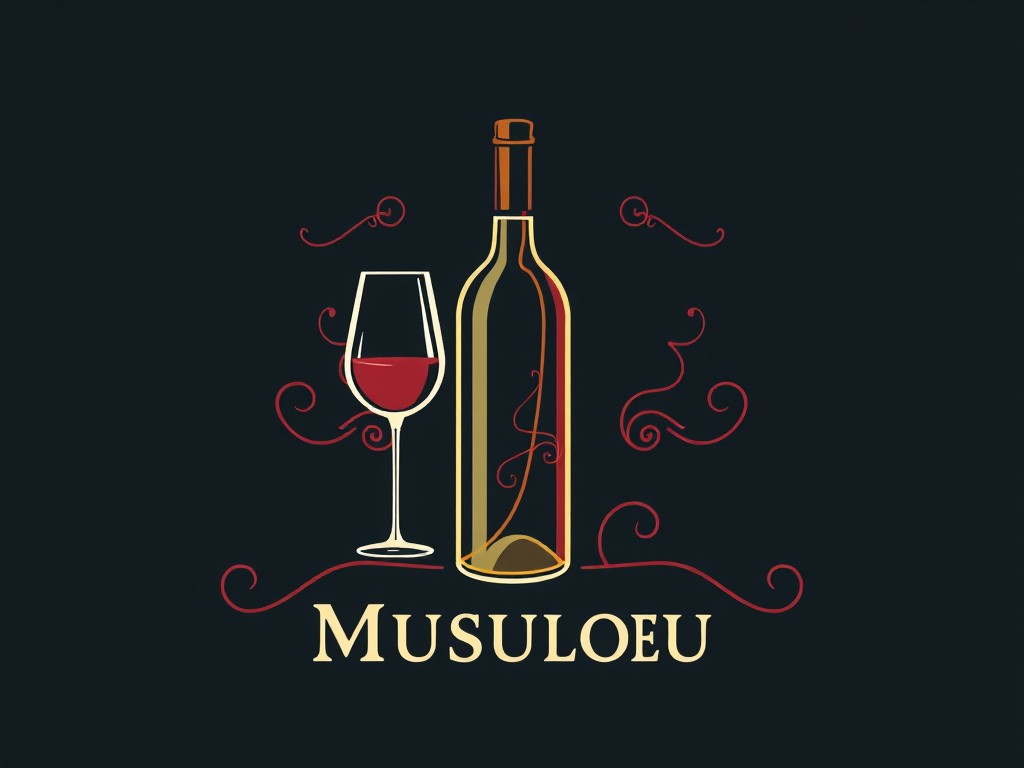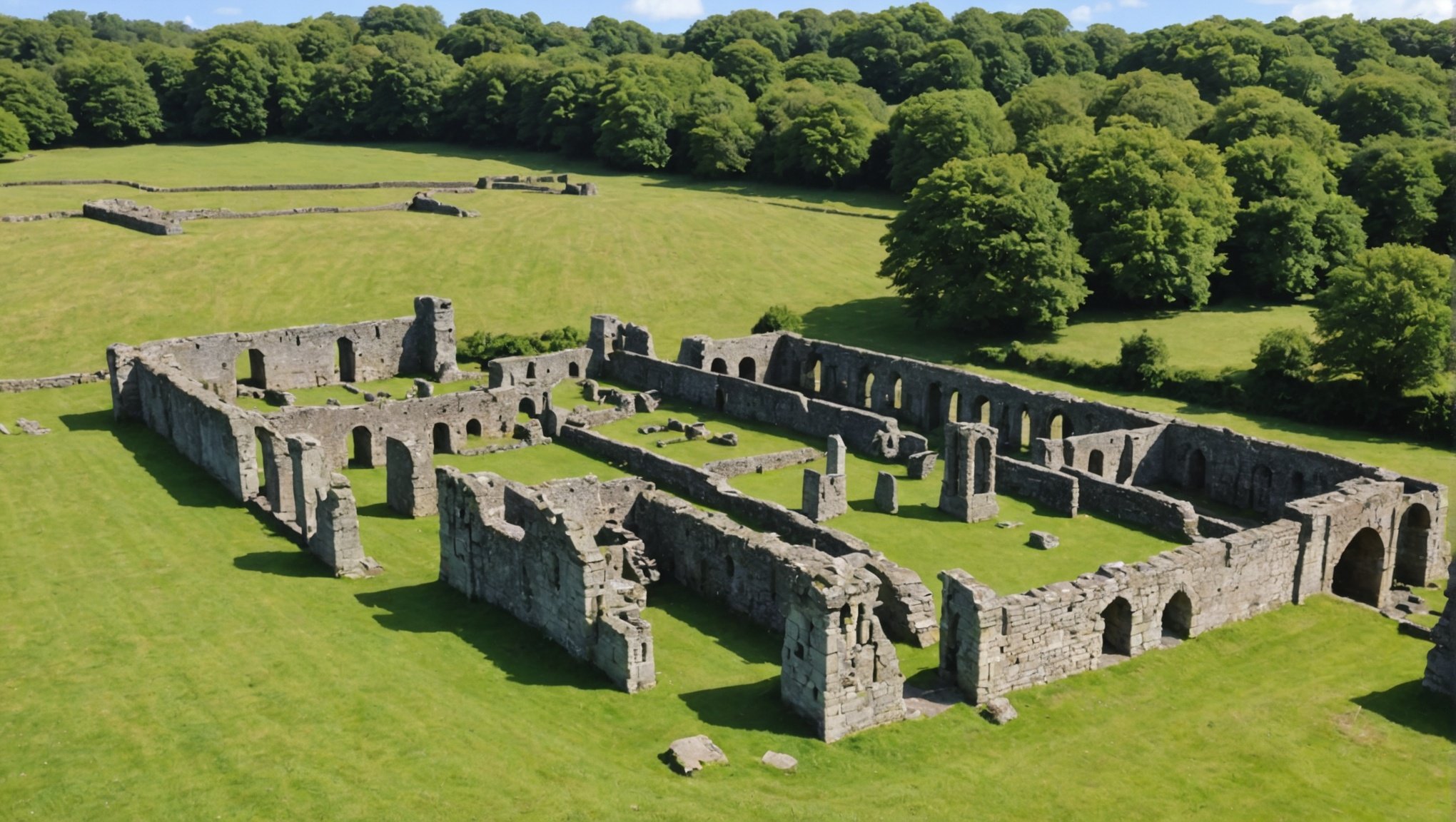Understanding the Historical Context of Roman Ruins in Wales
The historical significance of Roman ruins in Wales is deeply intertwined with the Roman Empire’s occupation of the region. This occupation began in AD 48, marking the start of a transformative era that lasted for over three centuries. During this period, the Romans introduced advanced architectural techniques and infrastructure, significantly influencing the development of modern Wales.
The Roman history in Wales is marked by several key historical events. Notable among them is the construction of impressive fortresses such as Caerleon and Caernarfon. These forts not only served military purposes but also became administrative hubs that facilitated Roman control over the local tribes. The establishment of the Roman road network was another significant event, enhancing trade and communication across the region.
In parallel : Discovering Enchanting Guided Tours of Historic Saxon Churches in England”s Scenic Countryside
These Roman ruins have become integral to Wales’s cultural heritage. They connect the present with the past, offering insights into the sophisticated society that once existed. Preservation of these structures is crucial as they provide a tangible link to the era and contribute to Wales’s identity. The importance of Roman ruins extends beyond historical interest, enriching tourism and education and fostering a sense of pride among the Welsh people.
Key Roman Ruins to Explore
Exploring Roman ruins offers a unique opportunity to delve into ancient history. Wales boasts numerous must-see sites that captivate enthusiasts and casual explorers alike. Each site provides a distinct glimpse into the past, showcasing the architectural prowess and influence of the Romans.
Also read : 2024 travel insights: essential tips for every explorer
Caerleon and Its Significance
Located near Newport, Caerleon is one of the most important Roman sites in the UK. Known for hosting a legionary fortress, it served as a vital military outpost. Key attractions include the Roman amphitheatre, considered one of the most well-preserved in Britain. Visitors can wander through ancient barracks and the Roman baths, offering insights into daily military life. The town is easily accessible by road, with a visitor centre providing detailed historical context.
Segontium and Its Remains
Situated in Caernarfon, Segontium was a significant Roman fort. These ruins provide a remarkable view of Roman military engineering. Remaining walls and pathways invite exploration, while interpretative signs guide visitors through its history. Although relatively remote, careful planning makes Segontium a rewarding stop for history enthusiasts.
Brecon Gaer and Its Features
Brecon Gaer, near Brecon, offers a fascinating glimpse into Roman life in mid-Wales. The fort’s defensive ditches and walls remain partly intact, showcasing Roman military strategy. Notable for its rural setting, Brecon Gaer’s accessibility is best suited to those prepared for a short walk from the nearest road. Signs detail its historical significance, enriching the exploration experience.
Crafting Your Itinerary for Exploring Roman Ruins
Embarking on a journey to discover Roman ruins in Wales can be both exciting and informative. Effective itinerary planning ensures you make the most of your time. Here’s a concise travel guide to help you tailor your visits whether you have only a day or a long weekend.
For a 1-day exploration, prioritize key Roman sites like Caerleon, known for its well-preserved amphitheater. It’s an ideal destination to glimpse ancient history quickly. Consider adding visits to nearby attractions like the National Roman Legion Museum to enrich your understanding.
Should you have 3 days, extend your adventure to include Segontium in Caernarfon, combining historical exploration with Wales’ picturesque landscapes. A personalized route might include staying overnight near these heritage sites, allowing for a more relaxed pace.
Maximize your exploration by blending your Roman ruins itinerary with other Welsh attractions. The Brecon Beacons National Park offers natural beauty, perfect for unwinding after a day steeped in history.
Tips for pacing your visit:
- Break tours into manageable segments.
- Allow for leisure time to prevent fatigue.
- Use local insights from guides to enhance your understanding of sites.
Creating a personalized route ensures you experience the best of Wales’ rich history and stunning landscapes.
Practical Travel Tips for Visiting Roman Ruins
When planning to visit Roman ruins, understanding transportation options is crucial. These historic sites are often easily accessible using local public transport. Buses and trains have routes specifically designed to serve major sites, ensuring travelers can reach their destination without hassle. For those who prefer driving, rental cars are available, though parking near popular ruins may be limited.
Before venturing out, check the visitor information for opening hours and entry fees, as they can vary widely. Some sites offer free entry on certain days, which can be a great opportunity for budget-conscious travelers. Early morning visits are recommended to avoid crowds and enjoy a more leisurely experience.
For a comfortable visit, there are several essential items to consider. Comfortable footwear is a must, given the extensive walking and uneven surfaces typical of these sites. A bottle of water is essential, especially in warmer climates. Carrying a small backpack with sunscreen, a map, and a camera will ensure you’re prepared to fully enjoy the experience. Accessibility options are also worth noting; some sites may have limited access for those with mobility challenges, so it’s beneficial to plan accordingly.
Engaging Activities to Enhance Your Visit
Exploring historical locations can become a truly immersive experience when paired with engaging activities. Here, we focus on activities that enhance historical engagement while adding value to your visit.
Guided Tours of Roman Sites
Guided tours are an invaluable way to unlock the rich history of Roman sites. Expert guides offer insightful commentary, connecting visitors to the past in a meaningful way. These tours are designed to incorporate engaging narratives and interactive sessions to enrich the learning experience. Resources like audio guides and tour apps further amplify your understanding, lending substance to each artifact and structure you encounter.
Interactive Exhibits and Museums
Many sites host interactive exhibits that allow for hands-on learning, bringing history to life in vibrant ways. Museums often use digital displays and augmented reality to provide a multisensory experience, perfect for those intrigued by innovation blended with history. Visitors can explore ancient artefacts at their own pace, diving deeper into historical contexts with every touchpoint.
Outdoor Exploration and Scenic Walks
Outdoor exploration is an excellent way to experience the majestic scenery that surrounds historical sites. Scenic walks allow visitors to witness the integration of nature and history firsthand. Consider combining walks with recreational activities like photography or sketching to deepen your engagement with the historical landscape.
Visual Resources and Maps for Your Adventure
Embarking on an adventure demands robust navigation skills, making the use of maps indispensable. Maps not only delineate your path but also offer insights into the terrain, ensuring you are well-prepared for any geographical quirks you may encounter. Integrating visual guides into your planning can amplify your understanding of unfamiliar landscapes. These guides provide contextual images and charts, enhancing spatial awareness and giving a clearer picture of your adventure route.
Photographic resources serve as invaluable tools to pre-explore destinations. Websites and apps with updated visuals allow adventurers to assess areas in real-time, making informed decisions on-the-go. As you traverse new locations, curating personal photo documentation of your journey becomes essential. This not only aids in retaining the vibrant memories of your travels but also assists in retracing steps if needed.
When creating your photo journal, focus on capturing landmarks, unique vistas, and potential navigational markers. This personalized visual archiving ensures that whenever you look back, each image triggers a flood of memories and navigational insights. Such photo documentation, coupled with maps, plays a pivotal role in enriching and safeguarding your travel experience, ensuring each journey is memorable and secure.






